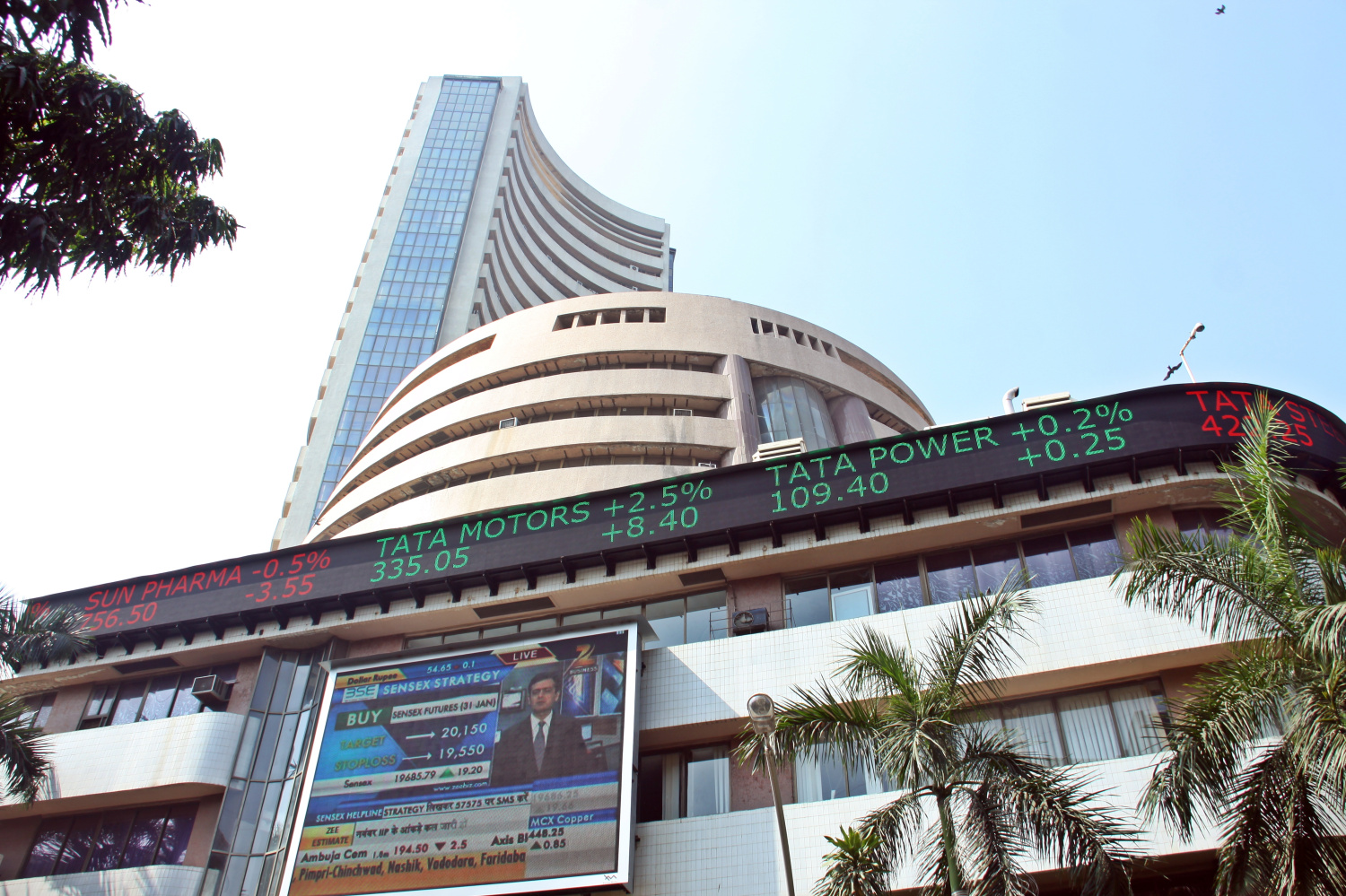
(Photo : Wikimedia commons)
Bombay Stock Exchange
- The Indian stock market ended flat on Friday, with the Nifty closing below 24,150 due to selling in various sectors.
- The US Federal Reserve's rate-cutting cycle to stimulate the economy is reflected in the Indian stock market's performance.
- The Bank of Canada and the European Central Bank also initiated easing cycles, impacting global economic trends.
- The Reserve Bank of India kept its repo rate unchanged at 6.5%, influencing the market's future trajectory along with other domestic and international monetary policy decisions.
The Indian stock market ended on a flat note on Friday, with the Nifty closing below 24,150. The market saw selling in various sectors, including auto, PSU bank, financial service, metal, and realty, leading to a subdued end to the trading week. The Sensex slipped by 55.47 points, or 0.07 per cent, to 79,486.32, while the Nifty fell by 51.15 points, or 0.21 per cent, to 24,148.20.
The Nifty Bank index fell by 355.30 points or 0.68 per cent to 51,561.20. The Nifty Midcap 100 index closed at 56,352.00 after falling 757.15 points or 1.33 per cent. The Nifty Smallcap 100 index closed at 18,445.60 after falling 318.25 points or 1.70 per cent.
Sectoral Performance and Market Trends
The realty, energy, and media sectors of Nifty fell by more than 2 per cent. Selling was also seen in the auto, PSU bank, financial service, metal, private bank, and infra sectors. Asian Paints, Tata Steel, SBI, Tata Motors, Reliance, NTPC, ICICI Bank, and Bharti Airtel were the top losers in the Sensex pack. On the other hand, M&M, Titan, Tech Mahindra, Nestle India, and Infosys emerged as the top gainers.
On the Bombay Stock Exchange (BSE), 1,397 stocks were trading in green, 2,574 in red, and there was no change in 93 shares. Market experts suggest that consolidation continued in the market as investors remained cautious due to disappointment in earnings and the flight of FIIs.
Global Rate Cuts and Their Impact
The US Federal Reserve continued its rate-cutting cycle to stimulate the economy and is expecting a similar 25-bps rate cut in the December policy meet amid moderation in inflation. Experts also added that inflation in India is projected to rise in October and the strong US dollar will force the RBI to keep rates on hold in the near future.
The Indian stock market's performance is reflective of the global trend of central banks reducing rates to bolster growth. The Federal Reserve, for instance, reduced its benchmark interest rate by 25 basis points, moving it to a new range of 4.50% to 4.75%. This adjustment is expected to ease borrowing costs on credit cards, loans, and auto financing.
The Bank of Canada and the European Central Bank also initiated easing cycles, but neither is expected to race rates to the bottom. The Bank of Canada cut its key interest rate to 4.75% in a widely anticipated move. The cuts are expected to pave the way for greater business investment and consumer spending, easing what has been a subdued growth outlook for Canada's economy.
RBI's Stance and Market Outlook
The Reserve Bank of India (RBI), on the other hand, kept its repo rate unchanged at 6.5% and raised its FY25 GDP growth forecast to 7.2%. The surplus rains in the South-West monsoon season point to a good agricultural output ahead, which should pull down food inflation significantly after a jump in inflation in the next couple of months due to a low base last year.









